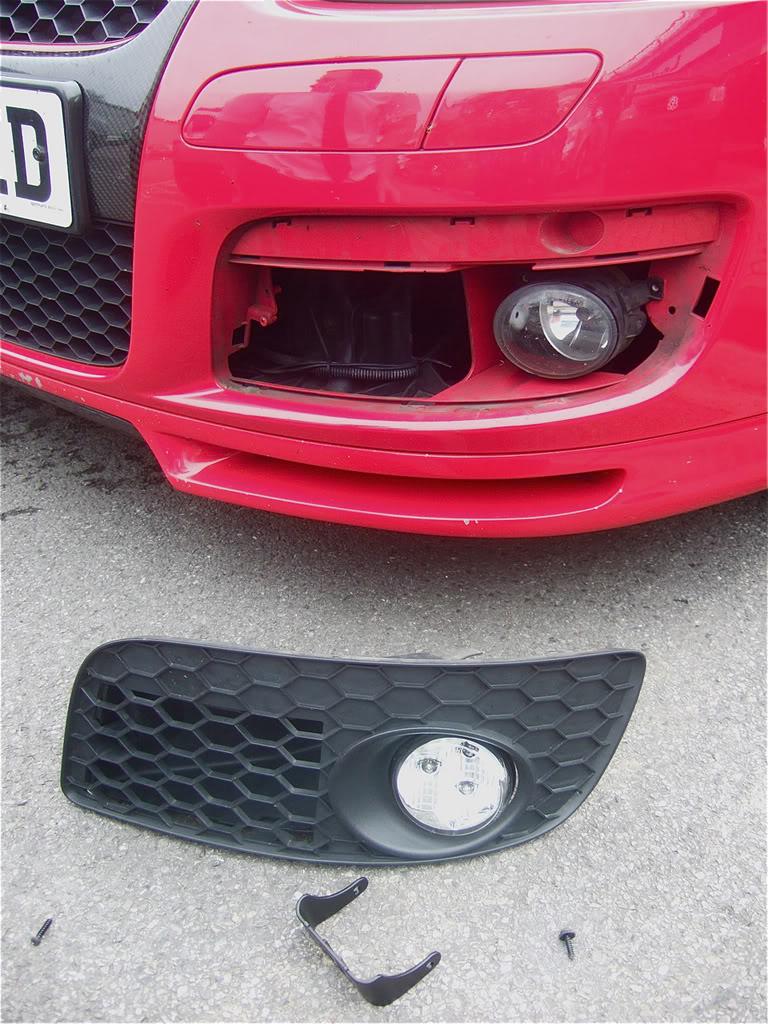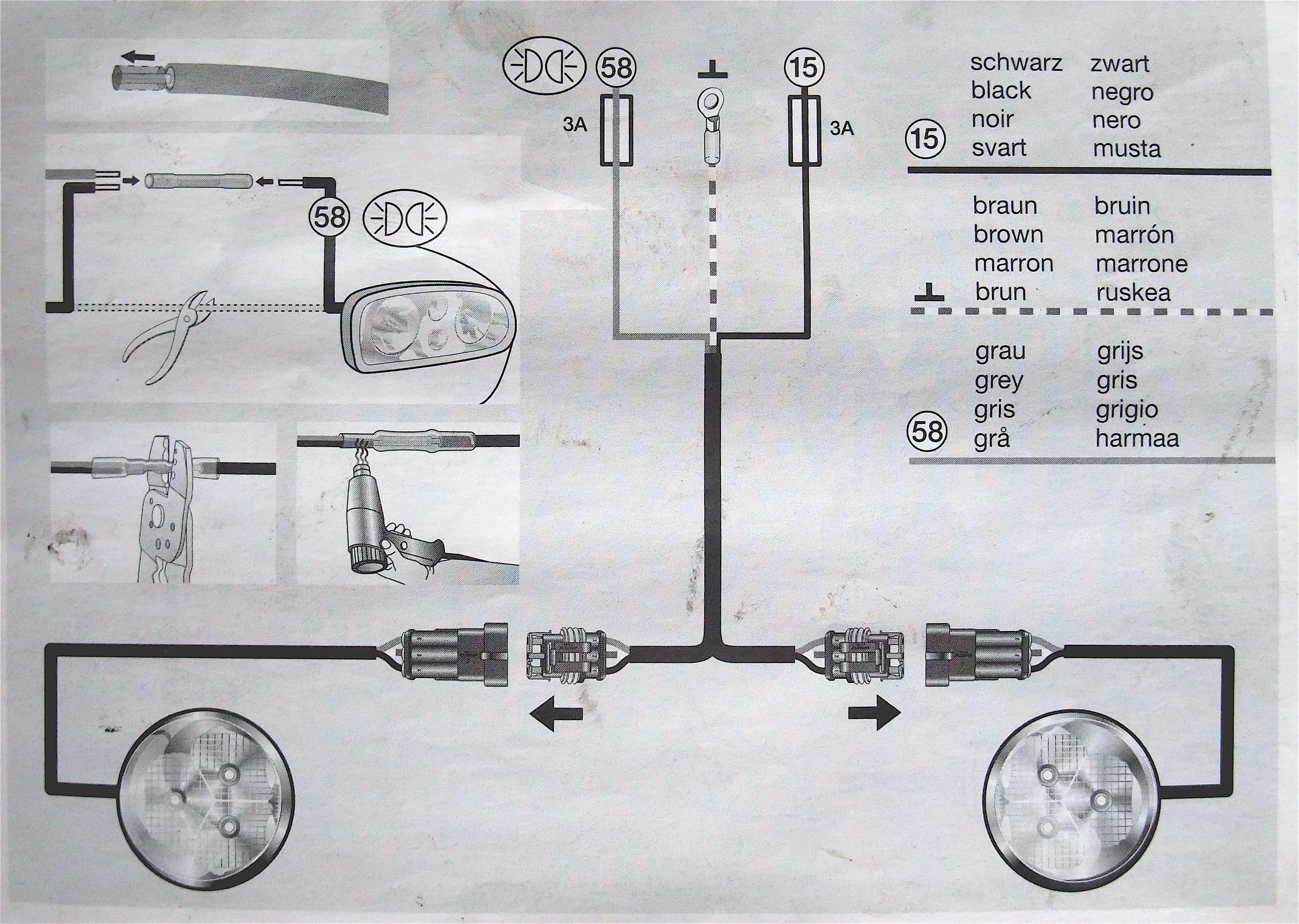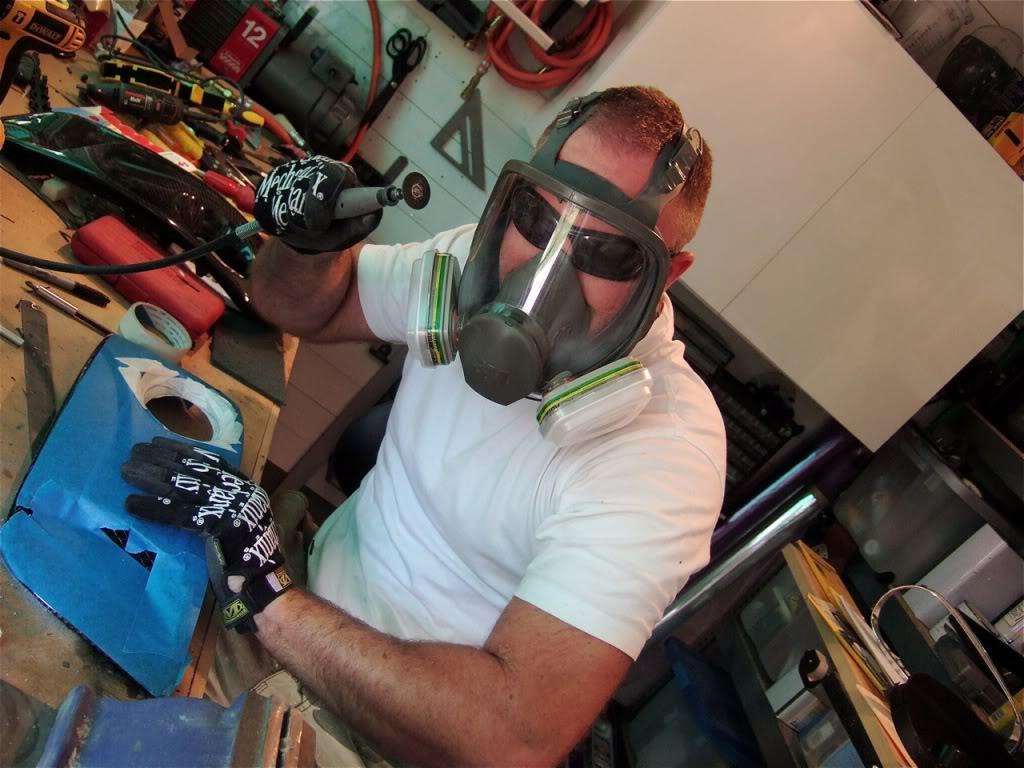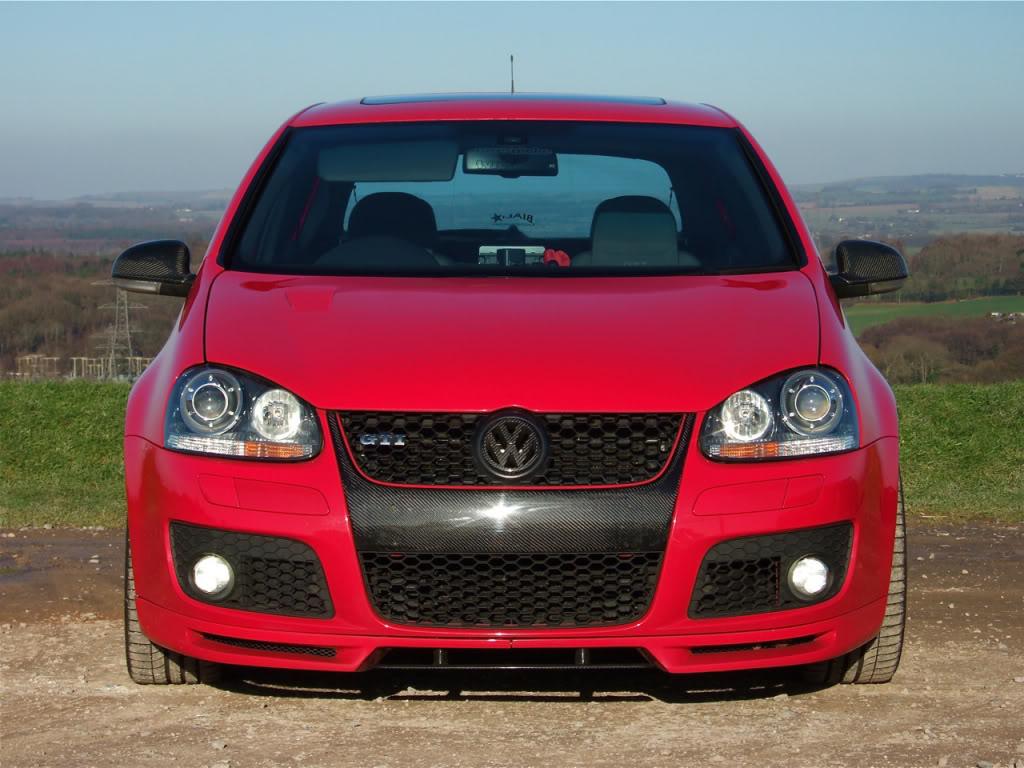 WHY:
WHY:When I first saw pics of a new Audi with Daylight Running Lights my first thought was how uber-cool they looked. But it wasn't until I was cruising at around 120 mph on a German autobahn and saw them in my rear-view mirror that I then realised also what an excellent safety feature they were. It's good practice and sensible when travelling at high speeds to maximise other road users' awareness of your presence and approach by having lights on. Regardless of the brightness of daylight, headlamps tend to flare and make it more difficult to assess the size of vehicle and therefore its distance, and hence to quickly compute how soon that fast moving vehicle will be on your tail. When you are continually driving at around 120 mph and needing to watch the traffic ahead, you want to achieve a smooth flow which doesn't result in interfering unnecessarily with faster traffic behind which is doing 160-180 mph - Quite common on unrestricted sections of the autobahns. Zap > Zap > Zap....Audi RS6 > Mercedes AMG > Porsche, all at around 180 mph.
As LED Daylight Running Lights, known as DRL's, deliver a
passive signal light and not a light which
illuminates, they don't strongly flare and consequently they allow you to instantly assess the size, distance, and speed of approach in your rear view mirrors, and so you are far more easily enabled to flow into an appropriate lane without any drama or increased risk to safety.
That's just one added safety benefit. When we move back to boring old British roads which are restricted to 70 (actually they're not all boring at all, but the 70 limit is sometimes when it's clearly safe for the road / conditions / traffic / car), there are plenty of visibility circumstances where a road is intermittently and randomly cast in deep shadow contrasting with bright sunlight on a two-way road. An oncoming vehicle is often invisible as it passes through the deeply shadowed areas, but is clearly visible if it has DRL's. By the same token, you can be better seen if you have DRL's and potential head-on incidents reduced. So, DRL's have more than an autobahn-only advantage.
I also became aware that after a certain date (2010?)
all new cars will be obliged by law to be DRL equipped. In the UK, this has resulted in a certain amount of debate and resistance (surprise! surprise!).
SOURCING: As soon as I had experienced their use in Europe, I decided I was going to get some on my Mk5 GTI. Initial research found that they were difficult to get unless you spent upwards of £30,000 for the rest of the Audi. Audi seem to have a monopoly on their pretty rows of LED's. The TTshop helped me out in sourcing some Audi strips but their fitment would have involved cutting into the crash fender and there was no way I was willing to do that, although someone in America has done so.


^ Photoshop mock-up ^
My initial aim was for an Audi-style LED strip style. It would have been possible but would be difficult to make look as if OEM.
I knew that Hella were a major vehicle lights manufacturer and that they had been developing LED solutions, so I contacted Hella UK. However, they didn't know what I was talking about and I had to politely bully them into giving me a more senior contact. He wasn't very helpful either but I made a polite nuisance of myself and persuaded him to give me the email address of someone at Hella in Germany - I think he was glad to be rid of me. Hella in Germany were immediately helpful and understood what I was seeking. They put me in touch with an ex-Hella employee who was a specialist distributor for them and he sent me samples of both strip and round LED DRL units! The strip units were the same as the ones the TTshop had sourced and the round ones were a generic design for the Golf Mk5 and other cars but not the GTI. However, this was only because of a difference in oem fog grills and fixing methods. Their round design is intended for location where foglights usually are.



Not only were Hella Germany very helpful indeed, but they offered me a substantial discount.
INSTALLATION:As soon as I knew that this might be practical with the Hella round LED units, I had a meeting with my VW dealer and their affiliated body workshop business and a 'dry run' to see what obstacles we might have to overcome so that workshop time on the actual installation could be more efficient. It soon became clear that we would have to adapt the bracket and couldn't use all the same screw holes that the oem foglights use. They are a very tight fit with the stock honeycombed fog panels but we succeeded. We used stainless steel bolts and nylon washers.

We followed Hella's wiring instructions so that the DRL's would automatically switch on with ignition and switch themselves off each time any other light was switched on, including via the Auto Lights feature. Also, in VCDS (VAGOS?) my VW dealer disabled the oem foglights so that their 'no bulb' warnings wouldn't keep appearing.


^ If you look closely you can see that the upper part of the black plastic panel bulges very slightly. The light unit itself though is a very snug fit. You can shave the rear rim of the aperture with a dremmel and this will cure any slight bulging.

Since first writing this review I have changed my oem foglight panels for carbonfibre ones and after dremmelling the backs they fit extremely well - Appearing as if the whole panel and DRL are designed as one unit.


Most of the workshop time was spent on the wiring and sorting out the switching instructions on VAS/VAGCOM. Finding the wiring route was very tricky and also bypassing error codes on the now absent fogs. Job took 4 hours. The standard (Euro legal) wiring is such that the DRL's
automatically come on with the ignition and
automatically go off whenever
any of the other lights are switched on. The DRL's will remain on while you flash your headlights though because that's on a separate circuit.
I'm sure you could wire it up independently with a separate aftermarket switch. Also, I could have wired it up as if they were foglights but I didn't want to always have my rear lights on, or sidelights, when running these Hellas. Also, in case of getting police attention for percieved illegal use of foglights, I wanted to be totally legal. I want to be legal in Europe too, hence I decided to go the standard European legal route - On with ignition permanently until such time that other lights are switched on, either automatically (Auto lights feature) or manually.


The emitted light is of course entirely different from a foglight, being LED and crystal white. Also the DRL's are not a projected beam like a fog light and are a passive signal light which doesn't glare.

 ALTERNATIVE CHOICES:
ALTERNATIVE CHOICES:
^ There is an aftermarket non-Xenon headlamp unit available for the Mk5 Golf which has integrated LED DRL strips but I would not wish to sacrifice having Xenons. I don't know how they are wired and if they are Euro-legal. The European rules about switching are very strict.

^ You could change the 'fog grilles' but there would still be a lot of cutting work etc to fit these Audi S6 LED's.
[That GTI needs lowering!!]
MINUS POINTS:None for me personally but quite a few people don't grasp the safety advantage and can't think beyond seeing them as foglights which shouldn't be on except in fog. Others think that all LED's are chavvy.
I was apprehensive about losing my fogs. I live in an area where we get thick fog and sea-mists on higher ground, though not for half the year! I purposely assessed what driving in fog would be like by switching off my front fogs and I decided that dipped Xenons were totally adequate and the standard fogs are of very lttle benefit if at all.
PLUS POINTS:I very much enjoy the fact that whenever I switch on the ignition to go out and drive, the LED DRL's are automatically switched on without me having to think about it. They also switch off with the ignition being switched off.
I enjoy the feeling that I may be more easily seen on the road in a great variety of circumstances. Also, because I am very bike-friendly, I like the fact that they are fitted at lower height and cannot be confused.
I think they look cool but by far the biggest plus is the increased safety from being more easily seen without dazzling everyone.
SUMMARY:I have currently driven about 12,000 miles with these DRL's and have only once had Police attention when a passing marked car in high street traffic indicated by hand that I should switch off my lights. I just smiled at him and he didn't turn around to stop me.
The units are a standard size 90 mm diameter and that seems to be a fairly universal size.
The European approval is for the lamp and nothing to do with which car they are fitted to. They have to be fixed more than 600 mm apart, above ground 250 mm minimum and 400 mm (IIRC) maximum.
The polycarbonate front glazing carries the EC approval refs embossed and includes the "DRL" letters - This conclusively proves to anyone carrying out a roadside inspection that they are
NOT fog lights! I also carry the manual in the car to produce to any authority.
The EC rules include how they should be wired to work - On/Off with ignition etc.
I almost want the police to stop me so I can test what happens!




